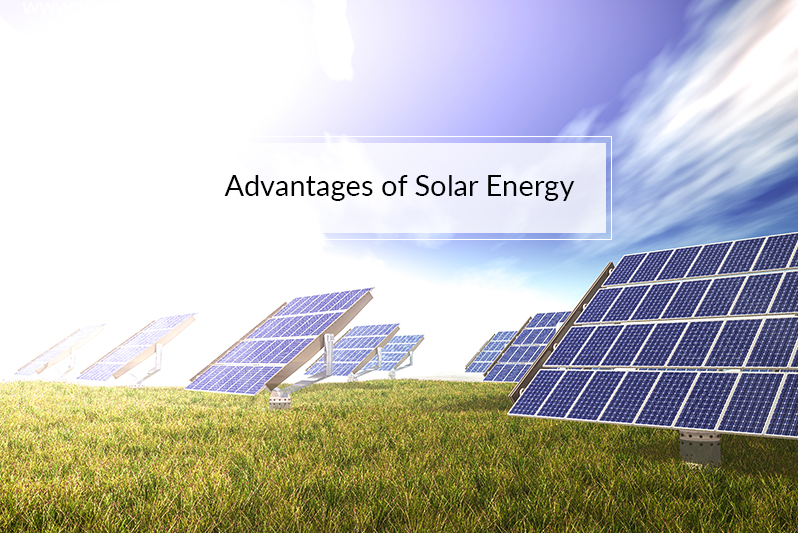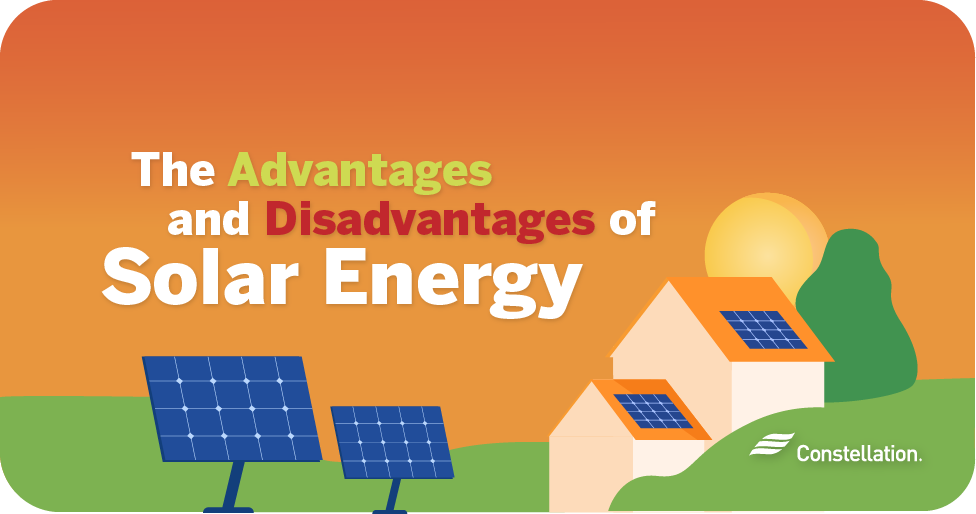Solar Energy 101: A Novice's Guide to Sustainable Power Solutions
As the world significantly shifts in the direction of sustainable power options, understanding the fundamentals of solar power comes to be necessary for both people and companies. By discovering the benefits of solar technology, along with the financial rewards and installment processes, one can gain a clearer point of view on just how to effectively integrate this sustainable source right into their power strategy.
Comprehending Solar Power
At its core, understanding solar energy includes comprehending the basic concepts of how sunlight can be converted into usable electrical energy. Solar power is stemmed from the sun's radiation, which can be taken advantage of via various technologies. The primary mechanism for this conversion is the photovoltaic effect. This phenomenon takes place when sunshine strikes semiconductor products, typically silicon-based, within solar batteries. The power from the sunshine thrills electrons in the semiconductor, enabling them to stream freely and generate straight existing (DC) electricity.

Recognizing solar power also entails acknowledging its ecological advantages. By using sunshine, we can reduce greenhouse gas discharges and lower air pollution, contributing to a much more lasting future. The innovations in modern technology and efficiency of solar systems remain to enhance their practicality, making solar power a significantly attractive choice for worldwide power demands.
Kinds Of Solar Power Systems
Numerous types of solar power systems are typically employed to harness solar power for electrical energy generation. The main classifications include photovoltaic (PV) systems, focusing solar energy (CSP) systems, and solar thermal systems.
Solar systems utilize photovoltaic panels made up of silicon cells that convert sunshine directly into electrical energy. These systems are functional and can be installed on roofs, ground places, or integrated into structure materials.
Focusing Solar energy systems, on the other hand, employ mirrors or lenses to focus sunlight onto a tiny location, producing heat that drives a steam wind turbine to create power - Simply Solar Illinois. CSP systems are normally deployed in large-scale power plants and call for straight sunshine, making them much less appropriate for over cast regions

Each kind of solar energy system has its one-of-a-kind qualities, applications, and suitability depending on geographic place, energy needs, and spending plan, making it important to assess alternatives based upon certain situations. - Simply Solar Illinois

Benefits of Solar Power
Using solar power via different systems not just offers a sustainable method to create power however also offers a wide variety of benefits. Among one of the most substantial benefits is the decrease in greenhouse gas exhausts, adding to a cleaner environment and combating environment modification. Solar power is renewable, implying it is limitless and available as long as the sun beams, unlike nonrenewable fuel sources, which are finite and diminishing.
In addition, solar energy can bring about substantial price financial savings gradually. Homeowners and businesses can decrease their electrical power costs significantly, and in numerous situations, they may earn credit histories for excess energy generated via internet metering. Furthermore, the solar market creates jobs, from making to setup, promoting regional economic situations.
An additional engaging advantage is energy self-reliance. By generating their own electricity, individuals and neighborhoods can minimize dependence on exterior energy sources, enhancing resilience versus fluctuating energy costs and supply disruptions. Solar energy systems call for very little maintenance, making them a hassle-free choice for lasting power generation.
Setup Process Introduction
The installment process for solar power systems commonly entails several essential actions that make certain efficient assimilation into a residential property. A detailed site evaluation is conducted to review the roofing's orientation, shielding, and structural honesty, which are crucial to enhancing solar panel performance. Following this assessment, the design stage begins, where a tailored solar power system is configured based upon the home owner's energy requirements and preferences.
When the layout is finalized, the needed authorizations and approvals are acquired from neighborhood authorities, guaranteeing compliance with regulations. The actual installment involves placing the photovoltaic panels on the roof covering or ground, connecting them to an inverter, and integrating the system with the residential or commercial property's electric setup. This phase might likewise involve installing battery storage space systems, depending upon the layout.
With the installment full, the solar power Read Full Article system can start producing sustainable energy, contributing to sustainability and minimizing energy costs. This organized method guarantees that solar systems are both effective and reputable, optimizing their long-term benefits.
Financial Incentives and Cost Savings
Checking out the economic rewards and savings related to solar power systems can dramatically enhance the appeal of making the switch to renewable resource. Various motivations exist at federal, state, and local degrees, created to lower the first expenses linked with solar installation. One of one of the most notable motivations is the government solar tax credit, which allows house owners to subtract a percentage of their solar system installation expenses from their federal taxes. Since 2023, this credit history stands at 30%, providing substantial savings.
In enhancement to tax credit scores, numerous states offer discounts that can additionally reduce upfront expenditures. Some energy companies also supply performance-based motivations, gratifying solar power production with time. Funding choices, such as solar loans and leases, allow customers to mount systems with little to no down payment, Our site making solar energy a lot more easily accessible.

Long-term cost savings are one more vital aspect. By generating their very own power, home owners can dramatically lower or also remove their regular monthly energy bills. In addition, solar systems can boost residential property values, offering a solid return on financial investment. Overall, the combination of motivations and financial savings makes solar power an economically attractive selection for several homes.
Final Thought
In verdict, solar power stands for an important part of sustainable energy options, offering a path toward lowered carbon footprints and enhanced ecological protection. Eventually, the transition to check these guys out solar power not only promotes eco-friendly obligation yet likewise advertises economic cost savings and energy self-reliance.